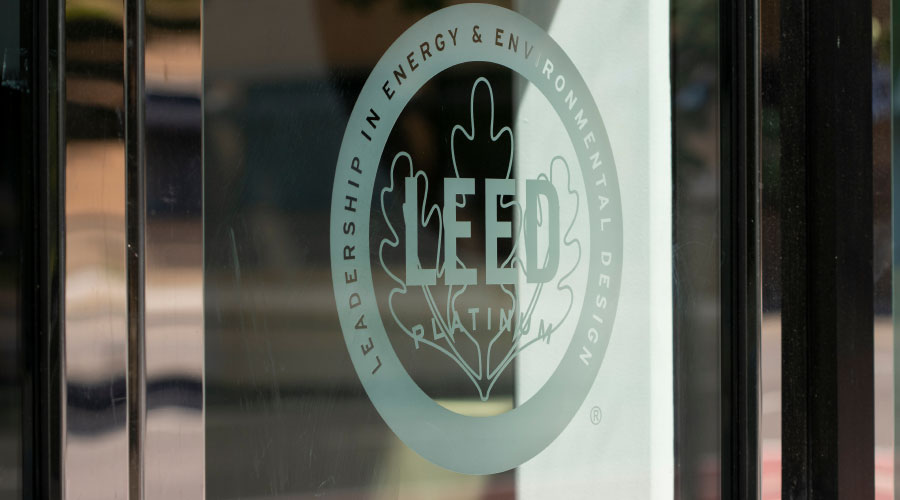Photovoltaics: Five Things To Check Out Before Beginning A Solar Power Installation
Top corporate users of solar energy say that facility managers should check 5 key points.
1. Check references. Walgreens has an ongoing relationship with its solar installers, who also do maintenance. "Use a developer or installer that is experienced," Colwell says. "This is a 20-year commitment, and you have to get it right the first time."
Roth agrees that it's important to check references carefully on manufacturers and contractors, since many new players are entering the field. For stores that are part of shopping centers or other bigger units of real estate, Roth warns facility managers to check regulations about wires, pipes, visibility, and snow melt.
2. Check the roof. The condition of a roof is important, since most panels can be expected to last 20 to 25 years. Roth says that some Ikea stores took the solar installation as an opportunity to repair or replace their roofs, and Viccaro, the FedEx spokesman, says some systems can be moved after installation to accommodate roof work. Threlkeld says that GM is looking at solar on most of its new facilities, and, at this point in the development of technology, solar panels can be installed on any type of roof.
3. Check the building's power system. Threlkeld suggests that facility managers look carefully at their electricity infrastructure to make sure that, along with solar panels, they have breakers to handle the load of converting DC to AC and 600 volts to 40 volts. "That's a key component that can add costs or reduce costs."
4. Check your schedule. "Be realistic about your time frame," particularly in areas with more variable weather, Roth says. Good weather is needed for installation, but becomes less important once the system is up and running. "It doesn't have to be warm or even sunny for solar to work."
Threlkeld says that a desert installation generates only about 25 percent more power than a northern one — and he points out that Germany, farther north and cloudier than the United States, is the world's biggest solar energy producer. And cooler weather, he adds, helps solar cells work more efficiently.
5. Check the local permitting process. Roth says that many local governments are not experienced with permits for installing solar panels, although familiarity is growing. Colwell says that Walgreens is finding that the permit process is "not as challenging as it once was, because it's becoming more commonplace."
Related Topics:














